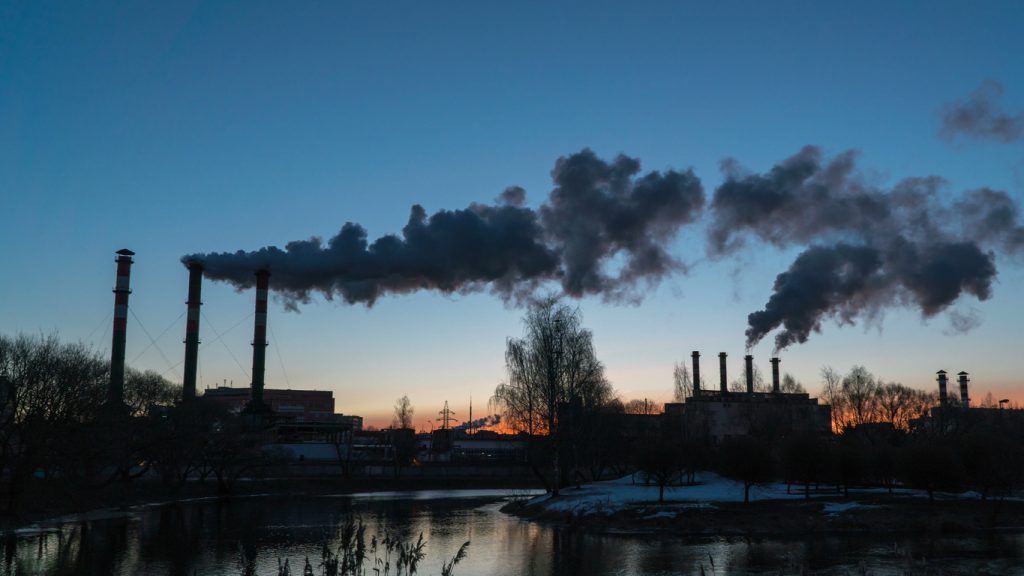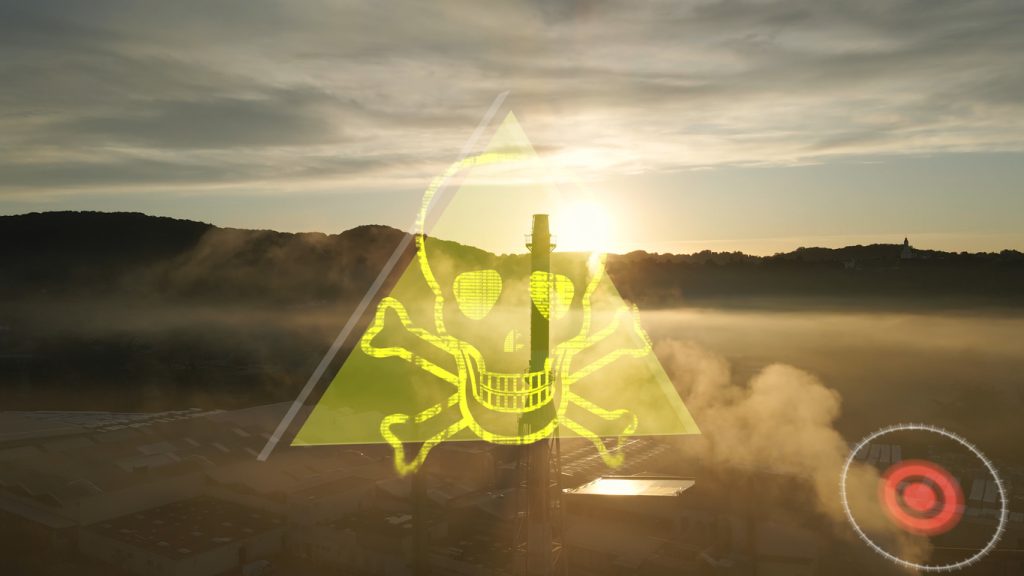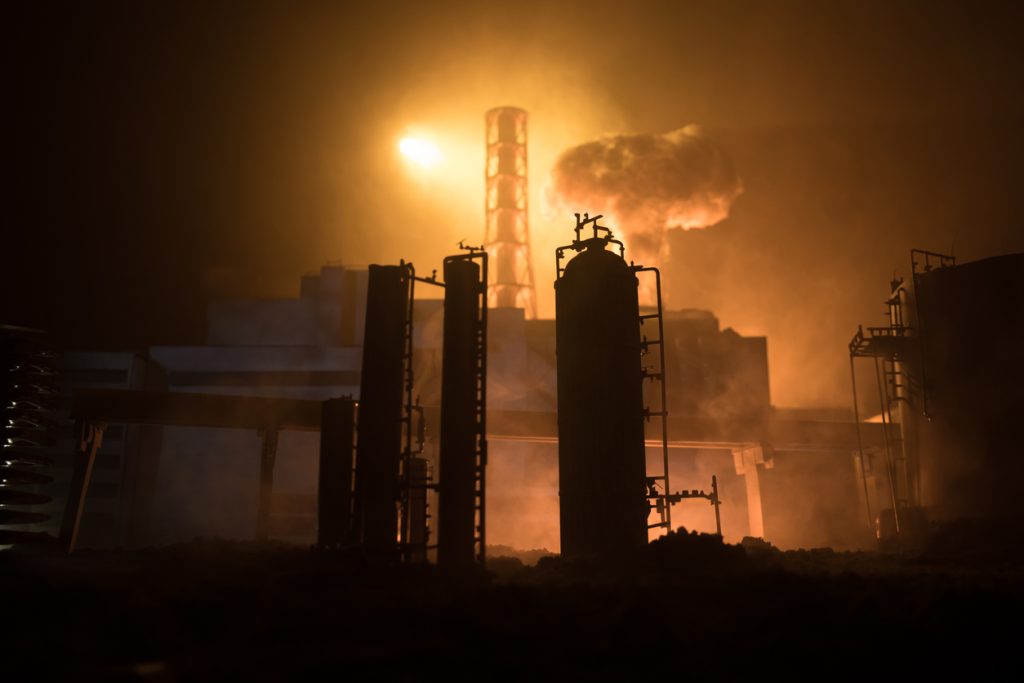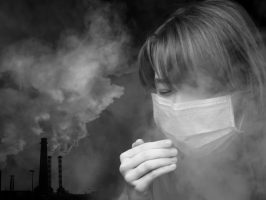Workplaces that involve chemicals, fuels, or confined spaces carry significant risks of toxic gas exposure. Invisible and often odorless, harmful gases can accumulate without warning, leaving workers vulnerable to short-term health issues or long-lasting medical conditions. Preventing such exposure is not only a matter of physical well-being but also a legal and regulatory concern, as occupational safety standards demand that employers provide a safe environment. Understanding the nature of these gases, recognizing their dangers, and applying practical safety steps are essential for reducing risks.
Why Toxic Gas Exposure Remains a Serious Workplace Threat
Toxic gas exposure continues to rank among the most hazardous occupational risks, particularly in industries like oil and gas, manufacturing, waste management, agriculture, and construction. Workers may come into contact with carbon monoxide, hydrogen sulfide, ammonia, chlorine, or volatile organic compounds. These substances, when inhaled even in small amounts, can affect the respiratory system, impair neurological function, and in severe cases, lead to death.
Legal and governmental bodies, including the Occupational Safety and Health Administration (OSHA), have long emphasized that employers must implement monitoring, training, and protective measures to minimize exposure. According to OSHA guidelines, exposure limits for toxic substances are clearly defined, and failing to comply can result in penalties and liability claims. For workers, awareness of the risks plays a pivotal role in enforcing safety practices and ensuring long-term health protection.
Recognizing the Immediate Signs of Toxic Gas Exposure
The effects of toxic gas exposure may appear suddenly or gradually, depending on the type of gas and the level of exposure. Short-term symptoms can include headaches, dizziness, nausea, throat irritation, and difficulty breathing. In more severe cases, workers may experience confusion, unconsciousness, or organ damage.
Long-term exposure has even broader consequences, ranging from chronic lung disease to heightened risks of cancer. Scientific studies confirm that low-level exposure, if sustained over months or years, can cause irreversible harm. This is why understanding and recognizing the warning signs is critical for anyone working in high-risk environments.
For additional guidance on the dangers and prevention strategies, resources such as gas fume toxic exposure information provide valuable insight into the long- and short-term effects of hazardous gas contact.

Simple Safety Measures That Can Prevent Workplace Toxic Gas Exposure
Implementing Continuous Air Monitoring
Constant air monitoring is among the most reliable ways to reduce the dangers of toxic gas exposure. Portable and stationary gas detection systems measure air quality in real time, alerting workers when concentrations rise above safe levels. These systems are especially crucial in confined spaces, where airflow is limited and gases may accumulate quickly. Employers must ensure these devices are regularly calibrated to maintain accuracy.
Ensuring Adequate Ventilation
Proper ventilation reduces the likelihood of toxic gas exposure by dispersing harmful substances before they reach hazardous concentrations. Workspaces such as warehouses, factories, and underground tunnels should be equipped with exhaust fans, open-air ducts, or other mechanical systems that promote airflow. In situations where natural ventilation is not possible, mechanical solutions become vital for worker safety.
Training Workers on Hazard Awareness
Training is an essential preventive measure. Workers must understand the risks of toxic gas exposure, how to use protective equipment, and what actions to take in case of leaks. Training programs should emphasize hazard recognition, emergency procedures, and the correct use of monitoring devices. OSHA requires that safety training be provided in a language and format workers can easily understand.
Using Protective Equipment Correctly
Personal protective equipment (PPE), such as respirators, masks, and chemical-resistant clothing, is critical in minimizing toxic gas exposure. Employers must supply properly fitted respirators designed for the specific type of gas workers may encounter. Regular inspections of PPE also help ensure that it remains effective during actual use.

Legal and Regulatory Frameworks for Toxic Gas Exposure
The law provides clear safeguards against unsafe working conditions involving toxic gas exposure. OSHA standards dictate permissible exposure limits (PELs) for numerous hazardous gases. Employers who ignore these requirements face both regulatory fines and potential liability for employee injuries.
Additionally, agencies such as the National Institute for Occupational Safety and Health (NIOSH) conduct research and establish recommendations that complement OSHA regulations. Workers and employers can reference detailed guidelines through official sources like NIOSH’s chemical hazards resource, which outlines health effects, exposure limits, and prevention methods.
Legal obligations are not limited to compliance alone. Employers have a duty to provide medical surveillance when employees are at risk of prolonged toxic gas exposure. Failure to meet these obligations not only jeopardizes worker safety but may also strengthen claims in occupational injury litigation.
The Long-Term Benefits of Preventing Toxic Gas Exposure
Taking measures to prevent toxic gas exposure provides long-term benefits for both workers and organizations. Workers remain healthier, reducing absenteeism, while businesses avoid costly lawsuits, medical claims, and reputational damage. Moreover, safe environments encourage higher productivity and lower turnover.
From a broader perspective, prevention reduces the strain on healthcare systems by minimizing occupational disease. Governments also rely on compliance to enforce public health standards, which ensures that entire industries operate responsibly.
Building a Culture of Safety Around Toxic Gas Exposure
Preventing toxic gas exposure is not simply about equipment or compliance; it requires a workplace culture centered on safety. Employers should encourage open communication, where workers feel empowered to report unsafe conditions without fear of retaliation. Routine safety drills, emergency preparedness exercises, and regular review of monitoring systems all contribute to this culture.
Even in industries with unavoidable risks, prevention efforts make the difference between a safe work environment and one filled with hidden dangers. Responsibility lies not only with management but with every worker who takes proactive steps to protect themselves and their colleagues.

Conclusion
Workplaces where harmful gases may be present must address the reality of toxic gas exposure through preventive strategies. Air monitoring, proper ventilation, training, and protective gear form the foundation of safety. Legal frameworks enforce these standards, but the true responsibility lies in fostering a culture that prioritizes health and prevention. When prevention becomes routine, workers remain protected, industries function more responsibly, and the risks associated with toxic gases decline significantly.
